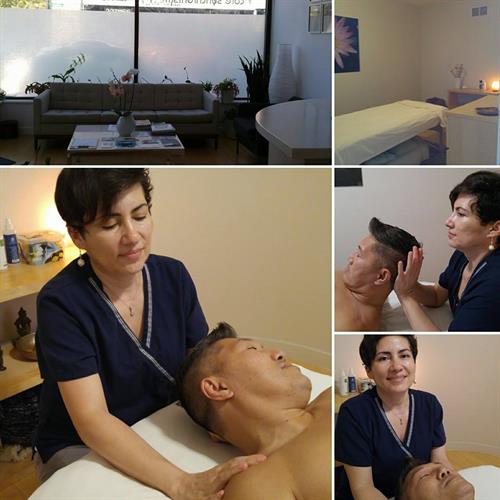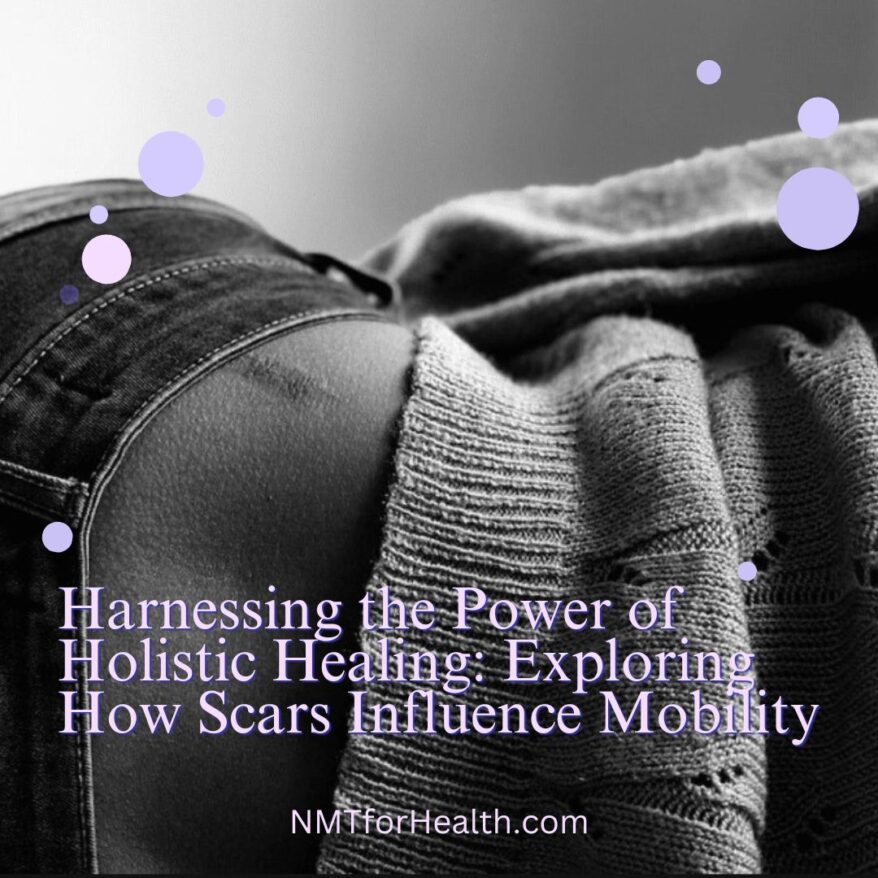Embark on a profound exploration of the intricate dance between scars and mobility within the human body. As a dedicated holistic neuromuscular practitioner, I delve into the connections between scars and the delicate balance of internal networks, prioritizing their impact in my practice. Join me on a journey of understanding and harnessing the power of holistic healing for enhanced mobility.
Understanding the Symphony of Systems
Take a closer look at the far-reaching effects of scars on the lymphatic, fascial, and muscular systems, setting off a ripple effect that resonates throughout the entire body.
Fascia: The Silent Conductor of Sensation
In my practice, I shine a spotlight on scar tissue and its interaction with fascial distortions. Recognizing fascia as the skeleton for sensory nerves, I explore how scars can distort fascia, entrapping sensory nerves and causing disrupted movement patterns. Experience the cascade of events linked to neural entrapment.
The Domino Effect: Faulty Signals and Soft Tissue Injuries
Faulty signals from entrapped nerves can initiate a domino effect, resulting in a series of elusive soft tissue injuries. Trace these injuries back to the initial fascial distortion and miscommunication within the neural network.
Empowering Self-Care for Scar Tissue Healing
Understanding the nuances of scar tissue and its potential to become overactive and inhibitory is crucial in the journey towards holistic healing. Scars vary in types, from surface-level abrasions to deeper, more profound wounds, each demanding a unique approach to self-care.
Types of Scars:
Surface Scars: Superficial wounds often heal relatively quickly, forming a less restrictive in terms of mobility.
Hypertrophic Scars: These scars result from an overproduction of collagen during the healing process, potentially leading to heightened sensitivity and limited mobility.
Keloid Scars: Characterized by excessive collagen production beyond the wound boundaries, keloid may cause discomfort and restrict movement.
Healing Speed:
The speed at which scars heal can vary based on factors like wound depth, individual health, and care practices. Superficial scars may heal faster, while deeper wounds may take more time.
Empowering Self-Care Practices:
Gentle Massage: Use delicate massage techniques to enhance blood circulation, reduce adhesions, and alleviate tension around the scar. Prior to any movement practice, workout, or weight training, it is essential to incorporate this preparatory step alleviate potential restrictions.
Mindful Movement: With our approach, you will acquire knowledge through coaching, enabling you to learn movements that establish a foundational stability for your body in daily activities to foster flexibility and alignment. Movement Mojo™ – Recondition Coaching with Manny Nicandro (online only)
Hydration: Maintain optimal hydration levels to support overall health, aiding in the healing process.
Nutrient-Rich Diet: Consume a well-balanced, nutrient-rich diet rich in vitamins and minerals essential for tissue repair.
Breathwork: Explore breathwork exercises to improve oxygenation, reduce stress, and enhance relaxation in the affected areas.
Consistency is key in self-care practices for scar tissue healing. By embracing these holistic approaches, individuals can not only improve the physical aspects of scars but also foster a deeper connection with their bodies. This journey towards empowerment involves acknowledging the body’s resilience, understanding the unique needs of different scars, and committing to a consistent self-care routine.
Related article: Research progress of scar repair and its influence on physical and mental health

